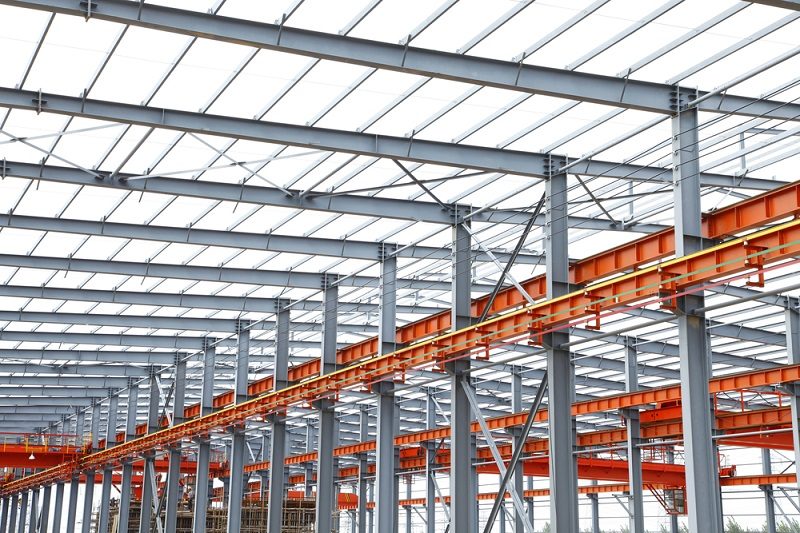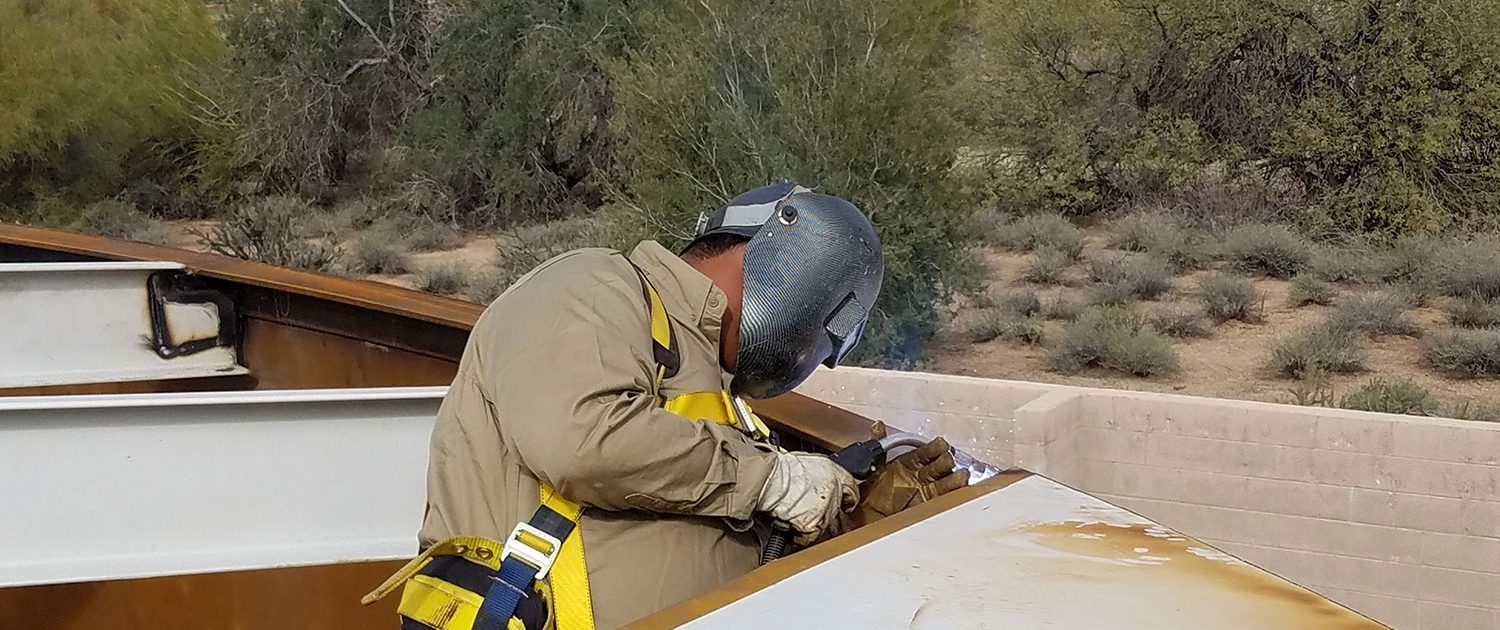Expert Steel Fabricators Melbourne: Top Quality You Can Trust
Expert Steel Fabricators Melbourne: Top Quality You Can Trust
Blog Article
Ingenious Trends in Steel Fabrication: Enhancing Longevity and Accuracy
In the world of steel fabrication, the pursuit of toughness and precision has caused a wave of innovative fads that are reshaping the market. From innovations in welding technologies to the integration of robotic automation in manufacture procedures, the landscape of steel manufacturing is progressing rapidly. High-strength alloy advancement, coupled with the utilization of 3D modeling and simulation software, is pushing the borders of what is possible in regards to structural integrity and precision. The growing focus on lasting methods in steel manufacturing is not just driving efficiency but additionally fostering a much more ecologically mindful strategy to fabrication. These trends are not simply shaping the here and now however likewise preparing for the future of steel manufacture, guaranteeing additional improvements in sturdiness and accuracy.
Advanced Welding Technologies
In the realm of steel fabrication, the fostering of advanced welding innovations has actually significantly changed the market's technique to accomplishing remarkable top quality and precision in structural welds. Advanced welding modern technologies, such as laser beam welding and rubbing stir welding, have arised as game-changers in the area. By leveraging these advanced welding techniques, steel makers can raise the sturdiness, toughness, and accuracy of their architectural welds, meeting the significantly requiring needs of modern-day construction tasks.
Robotic Automation in Manufacture
Welcoming robot automation has ended up being a foundation of modern steel manufacture techniques, improving and enhancing processes performance across the sector. Robots are changing the method steel parts are made, using unequaled precision and speed while decreasing human error. These automated systems can handle repetitive jobs with constant precision, bring about better output.
One key benefit of robot automation in steel fabrication is the ability to function around the clock without fatigue, dramatically raising production output. This continual operation lessens downtime and increases project timelines, inevitably conserving costs for suppliers. Additionally, robotics can be configured to do complex tasks that may be hazardous or tough for human workers, enhancing safety and security in the office.
Additionally, robot automation makes it possible for seamless combination with various other digital innovations, such as computer-aided style (CAD) software program and Internet of Points (IoT) systems (steel fixing). This interconnected approach improves interaction in between different stages of construction, optimizing operations and making sure real-time monitoring and control. As the steel fabrication market proceeds to develop, robotic automation sticks out as a transformative force driving effectiveness and accuracy in making procedures

High-Strength Alloy Advancement
The innovation of high-strength alloy advancement in steel manufacture is improving the industry's strategy to boosting material resilience and performance. High-strength alloys are engineered to show exceptional mechanical residential or commercial properties, such as enhanced tensile strength, sturdiness, and deterioration resistance compared to typical steel grades. By incorporating these advanced alloys right into manufacture processes, manufacturers can produce elements that stand up to greater stress and anxiety degrees and severe settings, leading to more long lasting and reputable output.
One secret advantage of high-strength alloy advancement is the capacity to minimize material density without you can try this out jeopardizing architectural integrity. This not just leads to lighter-weight components but also contributes to cost financial savings and boosted effectiveness in construction and assembly processes. Furthermore, the enhanced strength-to-weight proportion of these alloys enables the layout and building and construction of structures with greater load-bearing capacities while lessening general weight.
3D Modeling and Simulation Software Application
Innovations in steel fabrication processes have been significantly moved by the integration of sophisticated 3D modeling and simulation software tools. These tools allow producers to create in-depth online versions of their tasks, allowing them to visualize the last product with precision prior to any manual labor starts. By imitating various anxiety aspects, environmental problems, and architectural lots, makers can maximize designs for boosted toughness and performance. Furthermore, 3D modeling and simulation software application simplify the manufacturing process by recognizing potential concerns early, decreasing the demand for costly rework and reducing material waste.

Sustainable Practices in Steel Production
Including sustainable practices into steel production processes is necessary for minimizing ecological effect and making certain long-lasting resource schedule. One vital sustainable method is the adoption of energy-efficient technologies to minimize greenhouse gas exhausts during the steel manufacturing procedure. This includes using renewable energy sources, such as solar or wind power, to power steel plants and implementing energy-efficient tools to optimize power usage.
One more important aspect of lasting steel production is the responsible sourcing of basic materials. This entails ensuring that the iron ore and other sources utilized in steelmaking are obtained from honest and eco friendly resources. By promoting transparency in the supply chain and adhering to strict ecological criteria, steel manufacturers can minimize the adverse influences of resource removal on neighborhood ecological communities and communities.

Final Thought
In verdict, the cutting-edge trends in steel manufacture such as advanced welding technologies, robot automation, high-strength alloy development, 3D modeling and simulation software, and sustainable methods are enhancing the longevity and accuracy of steel products. These improvements are transforming the steel construction industry by enhancing efficiency, sustainability, and top quality. It is clear that the future of steel manufacture depends on embracing these sophisticated technologies to meet the demands of modern-day construction and manufacturing industries.
In the realm of steel fabrication, the search of resilience and precision has led to a wave of innovative trends that are improving the industry.In the world of steel manufacture, the adoption of innovative welding technologies has considerably changed the industry's strategy to achieving superior high quality and precision in architectural welds. As the steel manufacture market continues to develop, robot automation stands out as a transformative pressure driving performance and accuracy in making processes.
In addition, reusing and reusing steel scrap and waste materials play a substantial duty in improving the sustainability weblink of steel production. metal fabrication melbourne.In conclusion, the ingenious trends in steel fabrication such as advanced welding modern technologies, robot automation, high-strength alloy development, 3D modeling and simulation software application, and lasting practices are enhancing the longevity and accuracy of steel products
Report this page